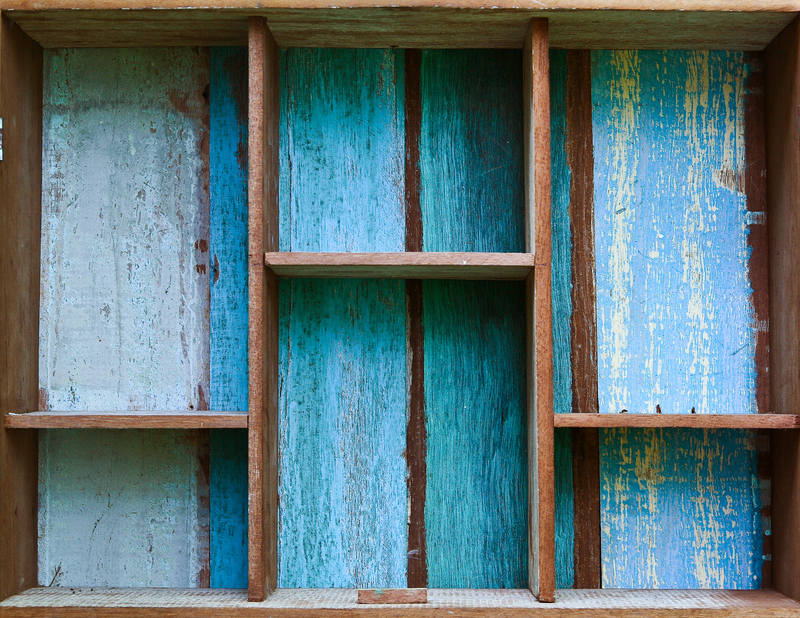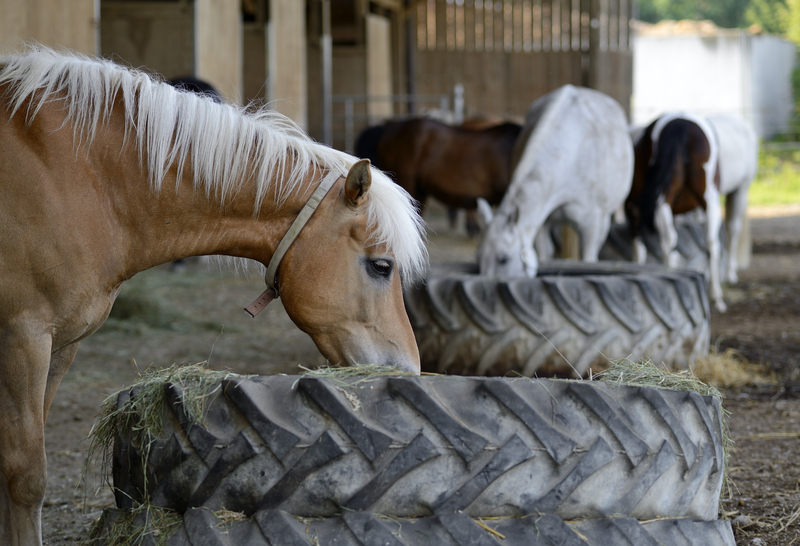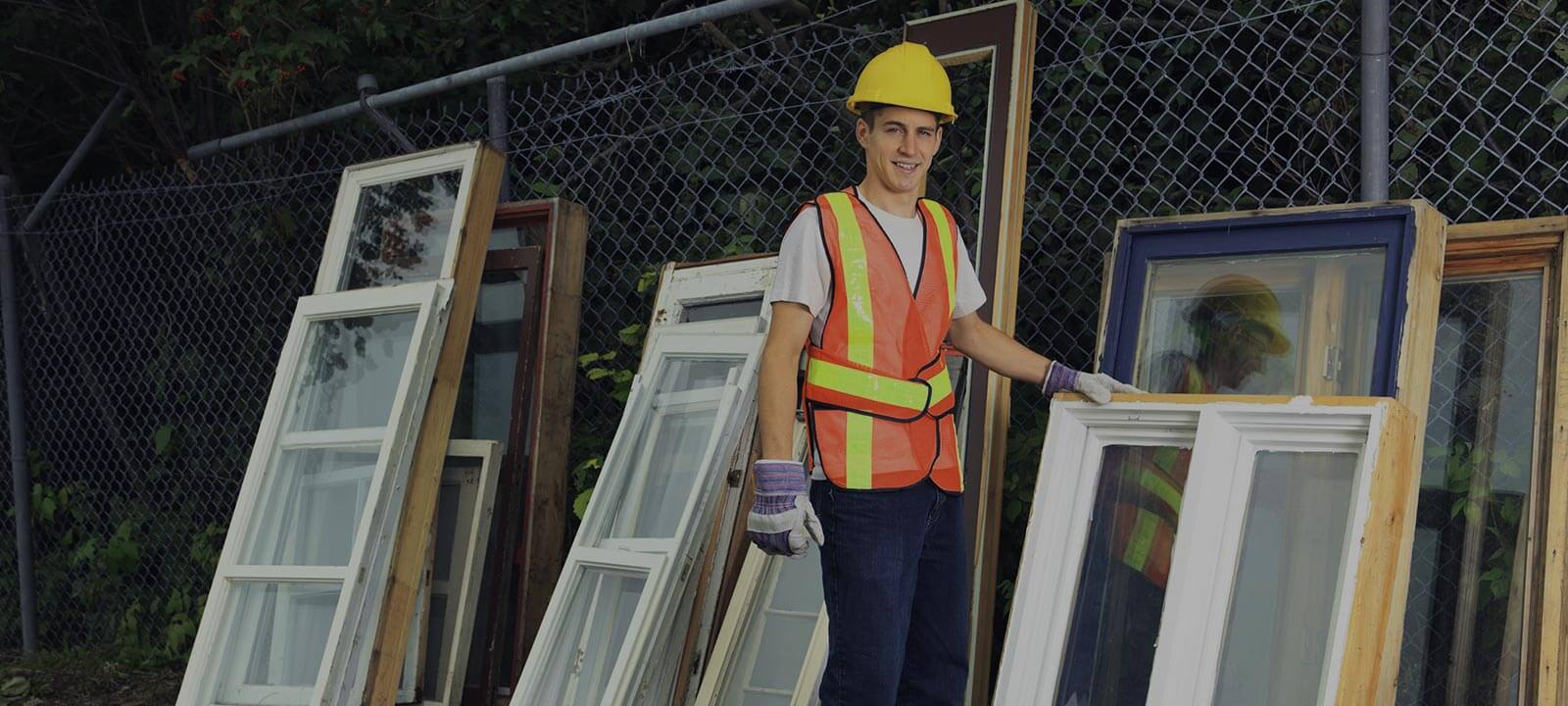Reshaping Our Perception of Waste through Artistic Rubbish Collection
Posted on 25/04/2024
Introduction
It's no secret that waste and pollution are major environmental issues plaguing our planet. Every day, we produce millions of tons of garbage which ends up in landfills, oceans, and other natural habitats. This not only harms the environment but also poses a threat to the health and livelihoods of humans and animals alike. However, there is a growing movement that seeks to change our perception of waste through artistic rubbish collection.

The Rise of Artistic Rubbish Collection
The concept of creating art out of trash is not a new one. In fact, artists have been using recycled materials in their work for decades. But with the increasing awareness about environmental issues, there has been a surge in the popularity of artistic rubbish collection. From sculptures made out of plastic bottles to murals created from discarded electronics, artists around the world are using waste as their medium to create thought-provoking pieces.
Challenging Our Perception
Artistic rubbish collection aims to challenge our perception of waste by transforming it into something beautiful and meaningful. These artworks serve as a powerful reminder of the amount of waste we produce and its impact on the environment. They also spark important conversations about our consumerist society and the need for more sustainable ways of living.
By giving new life to discarded items, artists are able to demonstrate that trash can be repurposed and reincorporated into our lives in creative ways. This helps shift our mindset from viewing waste as something to be disposed of, to something that can be reused and valued.
The Pros and Cons
Like any other movement, there are both pros and cons to artistic rubbish collection.
On the positive side, it provides a platform for artists to express their creativity while also addressing important environmental issues. It also brings attention to the growing problem of waste and encourages people to think differently about their consumption habits. Additionally, these artworks can serve as a source of inspiration for individuals and communities to upcycle and repurpose their own waste.
However, on the downside, there is a concern that by using waste materials in art, we may be promoting the idea that it is acceptable to continue producing vast amounts of trash. It is important to remember that artistic rubbish collection alone cannot solve the issue of waste management. We still need to focus on reducing our consumption and properly managing our waste.

Tips and Takeaways
If you are interested in trying your hand at artistic rubbish collection, here are some tips to get you started:
1. Start small: You don't need to create a huge installation or sculpture right away. Begin with simple projects like creating jewelry from old buttons or making a collage from magazine cutouts.
2. Do your research: Before starting a project, make sure you understand how to properly handle and dispose of the materials you are working with. This will ensure that you are not causing harm to yourself or the environment.
3. Get creative: Look for different sources of waste materials such as old clothes, newspapers, or even food scraps. The possibilities are endless!
Conclusion
Artistic rubbish collection has the power to change our perception of waste and encourage us to rethink our relationship with the environment. By transforming trash into meaningful works of art, it brings attention to the need for more sustainable practices and inspires individuals to take action in their own lives. While it may not be a solution to the global waste problem, it is certainly a step in the right direction towards creating a cleaner and greener planet for generations to come.










